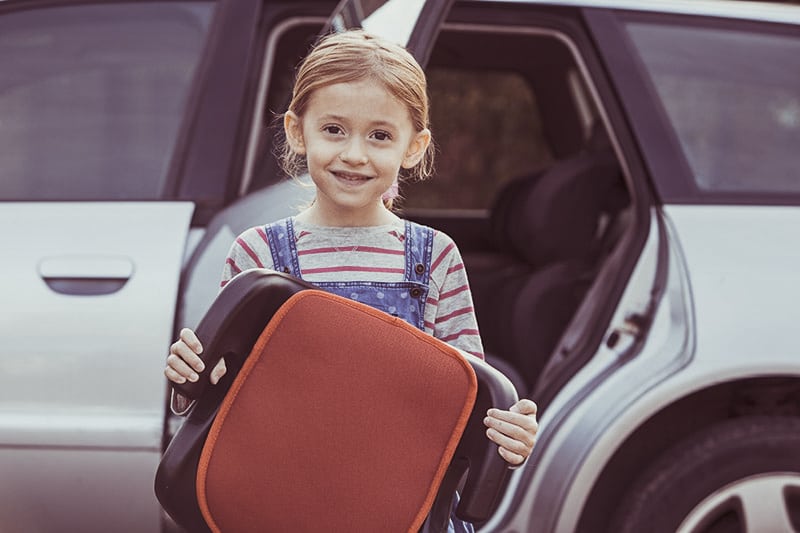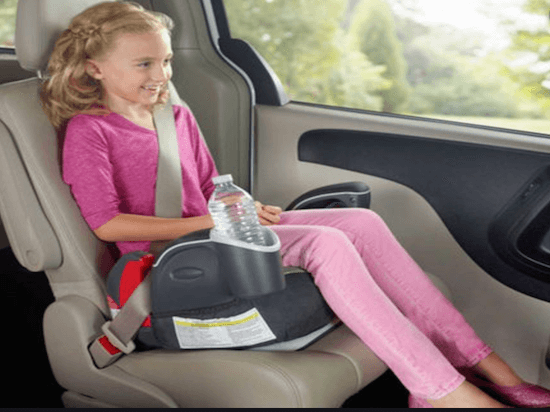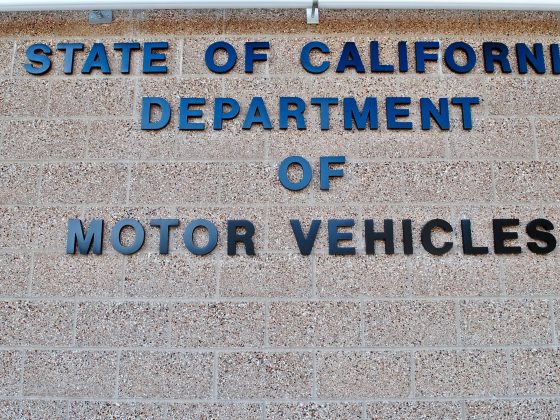Updated March 31, 2020
According to the National Center for Injury Prevention and Control, motor vehicle injuries are a leading cause of death among children in the U.S. 675 children died due to crashes in 2017, with another 116,000 injured. Of those 35% weren’t buckled up. The seat belt is a crucial part of child safety in vehicles.
Use eTags© to Quickly Complete Your DMV Service. Renewals, Title Transfers and More, All Online!
 From heading to a family event to planning family road trip, driving safety is of most importance to parents. Loving, caring and being responsible for your little ones just comes with the job description. According to the American SPCC, properly used, car safety seats can reduce the chance for death by 70% in infants under 1 year, and 54% in toddlers aged 1 to 4 years.
From heading to a family event to planning family road trip, driving safety is of most importance to parents. Loving, caring and being responsible for your little ones just comes with the job description. According to the American SPCC, properly used, car safety seats can reduce the chance for death by 70% in infants under 1 year, and 54% in toddlers aged 1 to 4 years.
eTags, your online platform for registering your vehicle, is here to help with car seat safety tips and guidelines to follow. Continue reading our blog for details on safety behind the wheel.
Your child must sit in the backseat
In the event of a crash, the backseat is normally the safest place inside a car. If your vehicle has a passenger airbag, sitting your kid (under 12 years old) in the backseat is a top priority.
Researchers from the University of Buffalo have reported that sitting in the back seat is 59 to 86% safer than the front seat. Furthermore, the middle seat is even 25% safer than any window seat.
Your child must be facing the rear, until they’re age 1 and/or at least 20 to 22 pounds
Your child should ride in a restraint approved for higher rear-facing weights if he/she weighs 20 pounds before 1 year of age. You’re also advised to read the child restraint owner manual for further instructions about its proper use.
If your infant is over 1 year old and weighs at least 20 pounds, he/she may ride facing forward.
The safety belt must hold the seat tightly
Make sure the belt is placed in the correct slot. If your car seat safety can face any direction (rear-facing and forward-facing position), take it to the correct slot to make sure its held tight. Again, the safety belt must stay tight for their protection.
Tighten the harness to a safe level
Ensure the strap stays tight when securing the seat belt, but not too tight. The straps must be kept over your child’s shoulder. To check if the harness is too loose, pinch the top side of the strap, between your thumb and forefinger, just by your child’s shoulder.
If you can grip the strap, then the harness is too loose. In addition, don’t forget to put the chest clip at armpit level.
Get a booster seat if your child is over 40 pounds
Knowing that your child must be placed in a seat with full harness is critical, at least until they are 40 pounds and up.
Once your child exceeds the indicated weight limit, consider switching to a booster seat and ensure the booster seat comes with lap and should belt for full protection.
Ideally, the booster seat works well with children weighing 40 to 80 pounds but under 4’9”. Within 4 to 8 years of age and are at least 35” tall.
Use the seatbelt appropriately once you are driving with older children
To switch from booster seat to normal seat, make sure your child is tall enough to sit without slouching, with the knees bent right at the edge, and ensuring their feet touch the floor.
The lap belt must be located low and tight across the upper thighs, while the shoulder belt crosses the chest and rest over the shoulder.
A typical mistake is when a child places the shoulder belt under their arm or behind their back, so parents should fix that immediately.
SEE ALSO: A Step-By-Step Guide To Maintaining Your Car’s Sunroof










